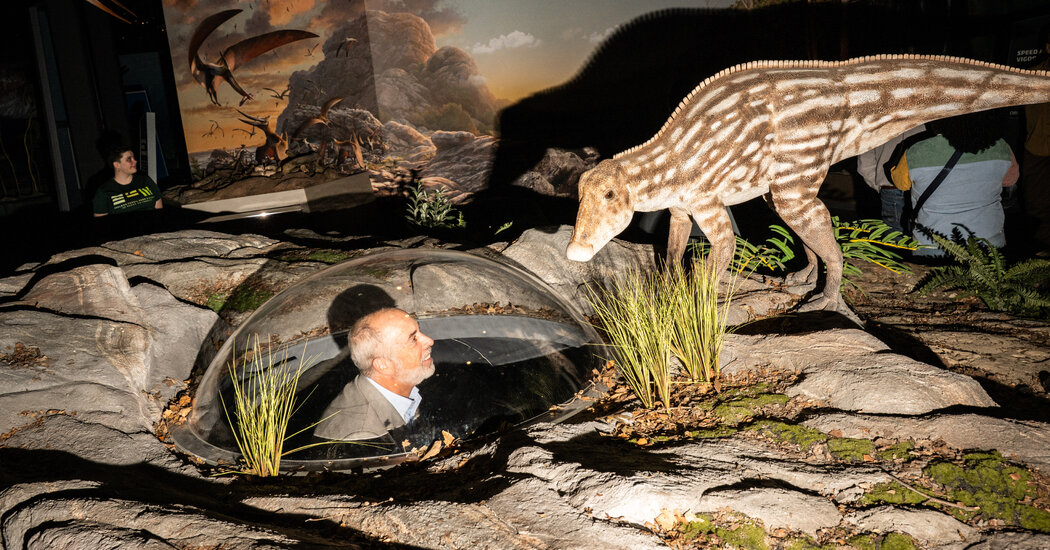Ten years ago, this was just a big hole in the ground behind a Lowe’s home improvement store in southern New Jersey, an unlikely place to find what might be one of the world’s most important fossil sites.
But 66 million years ago, tantalizingly close in time to when the dinosaurs went extinct, a multitude of sea creatures died here — a “mass death assemblage” — and sank to the bottom of what was then a shallow sea.
Because of its prehistoric past as a possible mass extinction gravesite, the hole that was once a quarry has become the Edelman Fossil Park & Museum.
Built in Mantua, N.J., about 20 miles from Philadelphia, the museum welcomed its first paying customers this past weekend. For Kenneth Lacovara, a professor of paleontology and geology at nearby Rowan University and the museum’s executive director, it is the culmination of a decade of work.
“We’re doing so much here that I think has never been done in any museum,” said Dr. Lacovara, best known in paleontology for the discovery of Dreadnoughtus, one of the largest dinosaurs ever.
The fossils come with a hard-to-miss message from Dr. Lacovara, one that makes direct connections between the mass extinction 66 million years ago and today’s rapidly changing climate, which is putting many species in danger of dying out.
